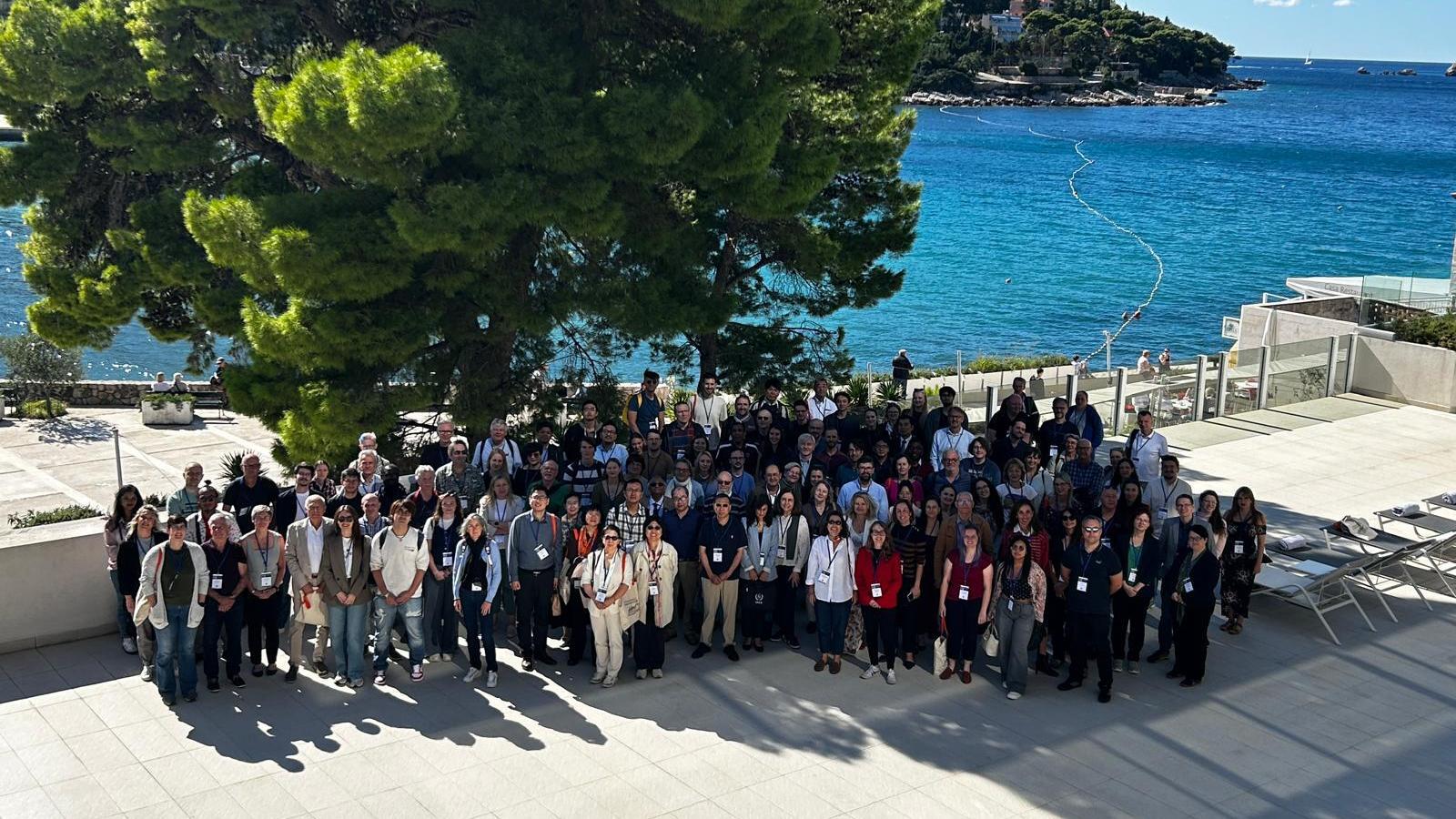If the message of the Dubrovnik edition had to be summed up in one sentence, it would be: Safe, green and innovative: radiation technology is shaping the future and offering new solutions to some of today’s key societal challenges. This is a field whose fundamental insights are increasingly translating into solutions with tangible social impact, from medicine, food safety and the development of materials of the future to a cleaner environment, and in Croatia it has a strong platform in the scientists and researchers gathered in the Laboratory for Radiation Chemistry and Dosimetry at the Ruđer Bošković Institute.
For IRB, and for the Croatian scientific community as a whole, hosting this conference is more than symbolic recognition. LRKD is the only laboratory in the country that systematically conducts basic and applied research in radiation chemistry, dosimetry and the industrial application of ionizing radiation. Over years of work, LRKD developed a chemical dosimetry system based on chlorobenzene in ethanol, adopted as an international standard, a fact that clearly illustrates Croatia’s contribution to this discipline.
Over six days, there were 17 invited lectures, 7 introductory talks, 57 oral presentations and 50 posters. The biggest novelty of the conference was the school for young scientists, where students, doctoral candidates and postdoctoral researchers had the opportunity for direct conversations with top experts, to connect with peers in the field and to initiate first collaborations. The workshop enabled direct communication with leading scientists, receiving advice for challenges in their own research and establishing a network of contacts with colleagues from related areas.
Participants were introduced to both the fundamentals and the latest research and trends across different areas of ionizing radiation applications, which facilitates entry into this complex field. The aim of the school was to link fundamental and contemporary research in radiation chemistry with practical experience, encouraging young scientists to become actively involved in the scientific community, with investment in the education of engineers and young researchers being crucial for expanding the use of the technology, as they ensure knowledge transfer and the development of innovations in practice.
Thematically, the conference stayed true to its roots. The fundamental processes of radiation chemistry were the starting point, and the emphasis was broadened to applications, from the synthesis of materials and biological systems to medicine, ecology and the preservation of cultural heritage.
Particularly interesting were applications in oncology, as well as new directions for using radiation to address wastewater problems, and an increasing focus on natural polymers as sources for synthesizing new functional systems. By using ionizing radiation, it is possible to efficiently synthesize nanoparticles, from metals, metal oxides and hybrid particles to nanogels and peptides, for more precise therapy and diagnostics. Such nanoparticles enable targeted delivery and controlled release of drugs into tumor tissue, reduce the required dose in radiotherapy, with the potential for greater therapeutic effect and fewer side effects. An innovative technique in radiotherapy, FLASH radiotherapy, which uses very high radiation doses delivered over an extremely short period of time, was also highlighted. On the other hand, the application of radiation technology to the pressing problem of wastewater, from medical wastewater to microplastics, has proven its economic justification, but its large scale deployment is still hindered.
Discussions were dynamic throughout the program, especially in segments on applied research in medicine, environmental solutions, innovative energy production systems, preservation of cultural heritage, and redirecting technology toward linear electron accelerators and X rays for specific industrial applications. As in earlier editions, new experimental and computational tools and techniques that push the boundaries of research were presented, with a clear ambition to shorten the path from the laboratory to practice.
The event was opened by the Deputy Mayor of the City of Dubrovnik, Dr. Velibor Puzović, who invited participants, alongside the professional program, to get to know the city, its history and its UNESCO World Heritage.
On the organizational side, the conference was led by Dr. Tanja Jurkin and Dr. Ivana Tartaro Bujak, and was held in cooperation with the International Atomic Energy Agency (IAEA) and with support from the International Irradiation Association (IIA) and LINEV Systems, the gold sponsor.


